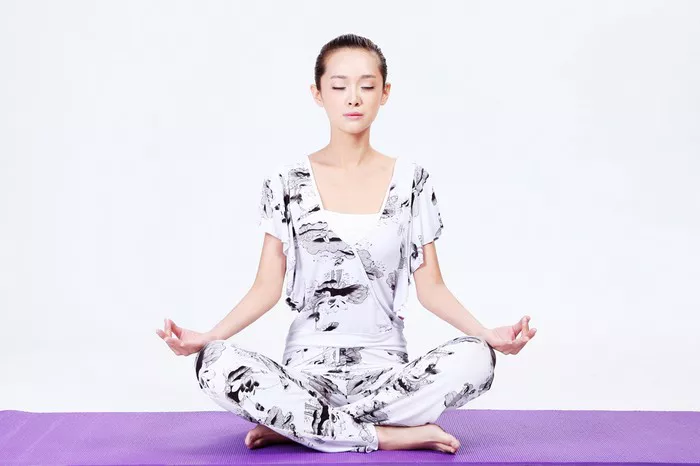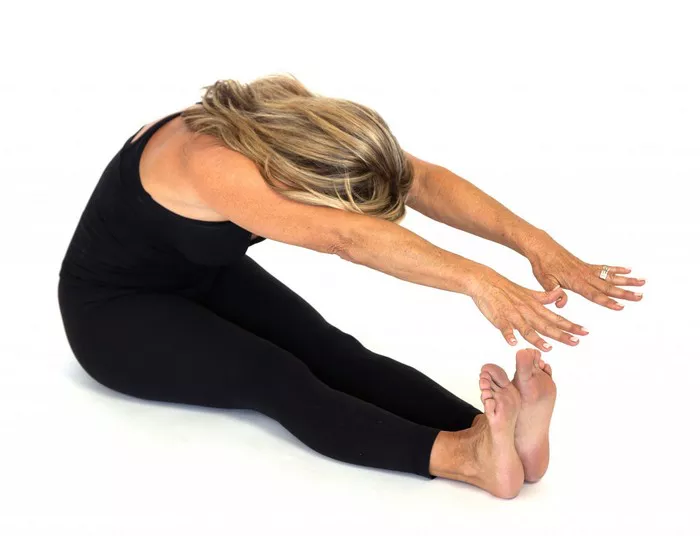Vertigo, characterized by a sensation of spinning or dizziness, can significantly impact one’s quality of life. While medical treatments exist, many individuals seek complementary approaches such as yoga and pranayama to alleviate symptoms and promote overall well-being. Pranayama, the practice of controlling the breath, has been revered for centuries in traditional Indian medicine for its potential therapeutic effects on various health conditions, including vertigo. In this comprehensive guide, we delve into the best pranayama techniques for vertigo relief, providing precise answers to common questions.
Understanding Vertigo: Causes and Symptoms
Before exploring pranayama techniques, it’s crucial to understand vertigo’s underlying causes and symptoms. Vertigo can stem from various factors, including inner ear disturbances, vestibular system dysfunction, migraines, and even certain medications. Common symptoms include dizziness, spinning sensations, loss of balance, nausea, and vomiting. Vertigo episodes can range from mild and transient to severe and debilitating, impacting daily activities and overall quality of life.
The Role of Pranayama in Vertigo Management
Pranayama, derived from the Sanskrit words “prana” (life force) and “ayama” (extension or control), encompasses breathing techniques designed to regulate the flow of vital energy within the body. While primarily associated with yoga, pranayama transcends religious and cultural boundaries, offering a holistic approach to health and well-being. When practiced mindfully, pranayama can help restore balance to the body, calm the mind, and alleviate symptoms of various health conditions, including vertigo.
Best Pranayama Techniques for Vertigo Relief
1. Deep Breathing (Diaphragmatic Breathing):
Technique: Sit or lie down in a comfortable position. Place one hand on your abdomen and the other on your chest. Inhale deeply through your nose, allowing your abdomen to rise while keeping your chest relatively still. Exhale slowly through your mouth, feeling your abdomen fall.
Benefits: Deep breathing promotes relaxation, reduces stress and anxiety, and enhances oxygenation of the body, thereby potentially alleviating vertigo symptoms by calming the nervous system and improving circulation.
2. Nadi Shodhana (Alternate Nostril Breathing):
Technique: Sit comfortably with your spine erect. Place your left hand on your left knee in Gyan mudra (touching the tip of your thumb and index finger). Use your right thumb to close your right nostril and inhale deeply through your left nostril. Then, close your left nostril with your right ring finger and exhale through your right nostril. Inhale through your right nostril, close it with your right thumb, and exhale through your left nostril. Repeat this cycle.
Benefits: Nadi Shodhana balances the flow of prana in the body, calms the mind, and enhances mental clarity. It may help alleviate vertigo by harmonizing the nervous system and promoting inner equilibrium.
3. Bhramari Pranayama (Humming Bee Breath):
Technique: Sit comfortably with your eyes closed. Close your ears with your thumbs, place your index fingers gently on your closed eyelids, and rest your remaining fingers lightly on your face. Inhale deeply through your nose, then exhale slowly while making a low-pitched humming sound like a bee. Feel the vibration in your head and chest.
Benefits: Bhramari Pranayama induces a sense of calmness, reduces stress, and soothes the nervous system. The humming sound creates gentle vibrations that may help alleviate vertigo symptoms by promoting relaxation and enhancing blood flow to the brain.
4. Shitali Pranayama (Cooling Breath):
Technique: Sit comfortably with your spine erect. Curl your tongue into a tube or “U” shape (if you can’t curl your tongue, purse your lips). Inhale deeply through your curled tongue or pursed lips, allowing the breath to cool the back of your throat. Close your mouth and exhale slowly through your nose.
Benefits: Shitali Pranayama has a cooling and calming effect on the body, reducing body heat and calming the mind. It may help alleviate vertigo symptoms associated with heat intolerance or agitation by inducing a sense of tranquility and balance.
5. Kapalabhati Pranayama (Skull-Shining Breath):
Technique: Sit comfortably with your spine erect. Take a deep inhalation through your nose, then forcefully exhale through your nose by contracting your abdominal muscles. The inhalation should be passive, while the exhalation is active and forceful. Continue at a brisk pace, allowing the inhalation to be natural and the exhalation to be forceful.
Benefits: Kapalabhati Pranayama oxygenates the body, energizes the mind, and cleanses the respiratory system. It may help alleviate vertigo symptoms by increasing oxygen supply to the brain, improving circulation, and promoting mental clarity.
6. Incorporating Pranayama into Your Routine
To reap the benefits of pranayama for vertigo relief, consistency and mindfulness are key. Start by incorporating one or two pranayama techniques into your daily routine, gradually increasing the duration and complexity as you become more comfortable. Practice in a quiet, peaceful environment, focusing your attention on your breath and the sensations within your body. Remember to listen to your body and modify the techniques as needed to suit your comfort level and abilities.
Precautions and Considerations
While pranayama can be a valuable tool in managing vertigo, certain precautions should be observed:
Consult with a healthcare professional before starting any new exercise or breathing regimen, especially if you have underlying health conditions or concerns.
Practice pranayama under the guidance of a qualified yoga instructor, particularly if you’re new to yoga or have specific health issues.
Avoid overexertion or forceful breathing, as this can lead to dizziness or exacerbate vertigo symptoms.
If you experience any discomfort, dizziness, or worsening of symptoms during pranayama practice, discontinue the technique and seek medical advice.
Conclusion
Pranayama offers a natural, accessible, and potentially effective approach to managing vertigo symptoms and promoting overall well-being. By incorporating mindful breathing techniques into your daily routine, you can cultivate a sense of calmness, balance, and inner harmony, empowering yourself to navigate life’s challenges with greater resilience and ease. Remember to approach pranayama practice with patience, awareness, and self-compassion, honoring your body’s needs and limitations as you embark on this journey towards optimal health and vitality.















